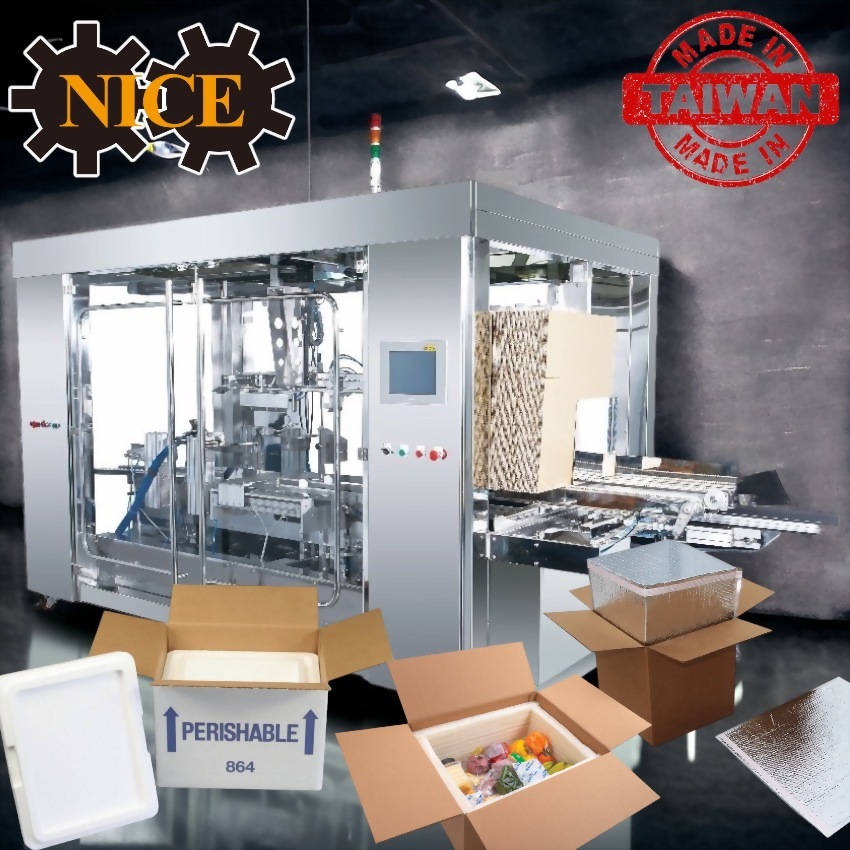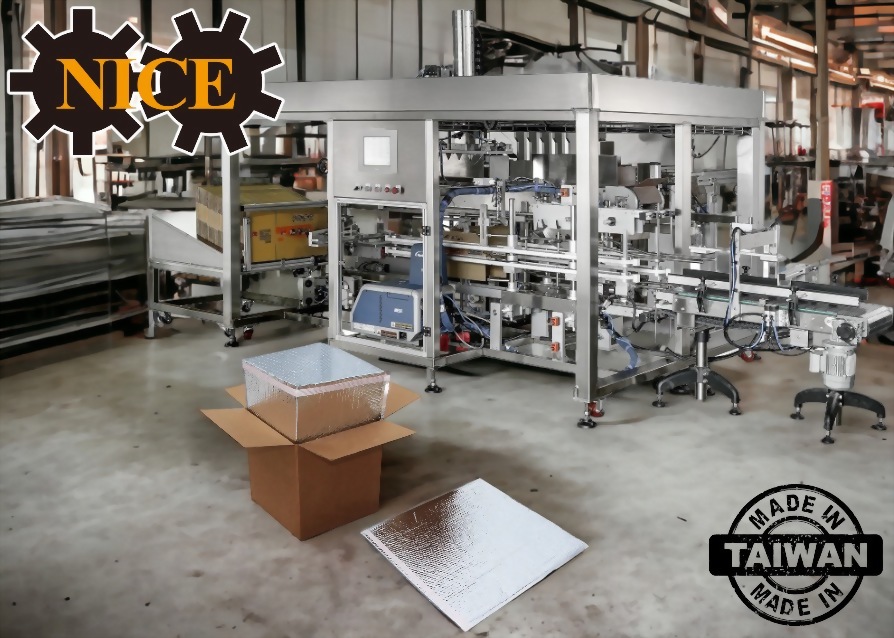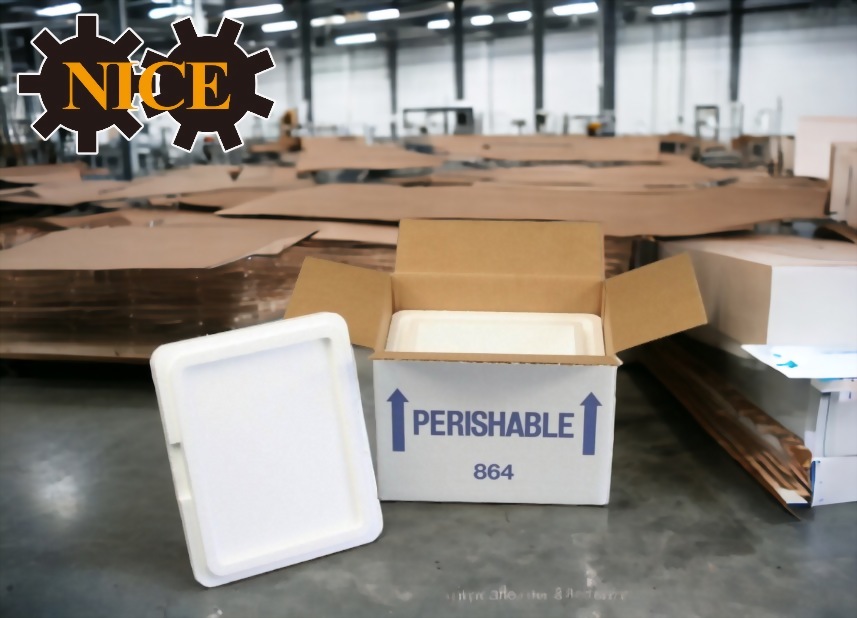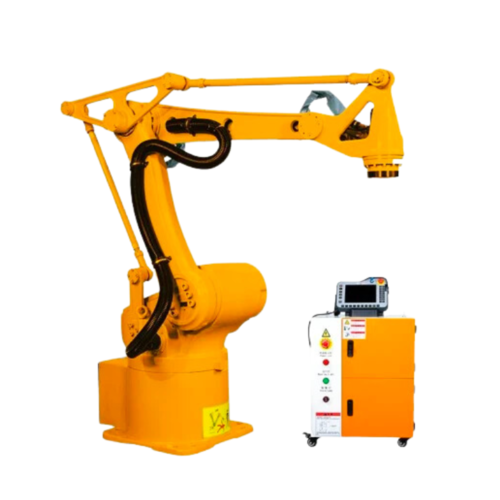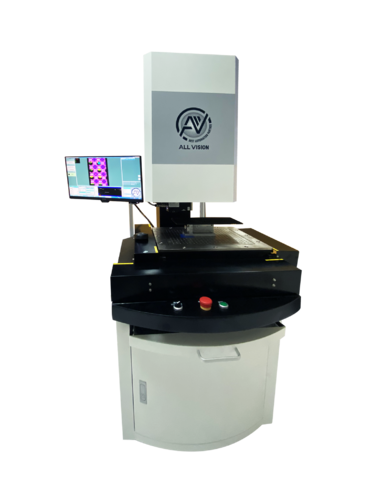Cold Chain Packaging
Cold chain packaging refers to the packaging solutions designed to maintain a consistent and controlled temperature environment for products that are sensitive to temperature variations, especially in the pharmaceutical, food, and biotechnology industries. The goal of cold chain packaging is to preserve the quality and efficacy of temperature-sensitive products throughout the entire supply chain, from manufacturing to distribution and ultimately to the end user.
1. EPS (Expanded Polystyrene) Type:
• Fabricated shipping containers offer cost-effective transportation for temperature-sensitive materials.
• Provides reliable insulation to maintain desired temperature throughout transit.
• Lightweight design helps reduce shipping costs without compromising on protection.
• Customizable sizes available to accommodate various shipment volumes.
2. Molded EPS Type:
• Convenient pre-packaged bundles with top and bottom caps ensure easy handling and protection.
• Securely stretch wrapped for added durability during transit.
• Uniform molded construction ensures consistent insulation performance.
• Streamlined packaging process minimizes time and labor required for preparation.
3. PIR (Polyisocyanurate) Type:
• Constructed from extruded panels, offering flexibility in sizing to fit corrugated containers precisely.
• Similar insulation properties to PUR (Polyurethane) but without the need for molding tools, enhancing customization options.
• Provides excellent thermal efficiency, maintaining consistent temperatures for sensitive shipments.
• Lightweight and durable, reducing transportation costs and environmental impact.
4. PUR (Polyurethane) Type:
• Outstanding thermal conductivity ensures optimal temperature control during transportation.
• Rugged and lightweight design ideal for return/reuse logistics, minimizing waste and maximizing cost-efficiency.
• Provides superior protection against environmental hazards, safeguarding shipments from temperature fluctuations and damage.
• Customizable sizes and configurations available to meet specific shipping requirements.
1. Temperature Control:
• Maintain precise temperature ranges to ensure the integrity of sensitive products.
• Prevent temperature excursions that could compromise product quality and safety.
2. Insulation:
• Provide effective insulation to protect products from temperature variations during transit.
• Utilize advanced materials such as EPS, PIR, or PUR for optimal thermal performance.
3. Customization:
• Offer customizable packaging solutions tailored to specific product requirements and shipping conditions.
• Provide options for different sizes, shapes, and insulation materials to meet diverse needs.
4. Durability:
• Ensure packaging is sturdy and durable to withstand handling and transportation challenges.
• Use high-quality materials and construction techniques to enhance product longevity.
5. Sustainability:
• Promote eco-friendly packaging solutions with recyclable and biodegradable materials.
• Minimize environmental impact through reusable packaging options and optimized shipping practices.
1. Vaccines:
• Maintain the efficacy and potency of vaccines by ensuring they are stored and transported within the required temperature range.
• Cold chain packaging protects vaccines from temperature fluctuations, preserving their effectiveness until they reach the end-user.
2. Biopharmaceuticals:
• Preserve the stability and integrity of biopharmaceutical products, such as insulin and antibodies, which are sensitive to temperature changes.
• Cold chain packaging safeguards biopharmaceuticals during distribution, reducing the risk of product degradation and ensuring patient safety.
3. Fresh Produce:
• Extend the shelf life of fresh fruits and vegetables by maintaining optimal temperature and humidity levels during storage and transportation.
• Cold chain packaging minimizes spoilage and maintains the quality and nutritional value of fresh produce, ensuring it reaches consumers in peak condition.
4. Frozen Goods:
• Preserve the texture, flavor, and nutritional content of frozen foods, including seafood, meats, and prepared meals.
• Cold chain packaging prevents thawing and refreezing, preserving the quality of frozen goods throughout the supply chain.
5. Other Temperature-Sensitive Items:
• Protect a wide range of temperature-sensitive items, including pharmaceuticals, chemicals, biological samples, and diagnostic kits.
• Cold chain packaging ensures the stability and integrity of these items, preventing damage or degradation caused by temperature fluctuations.


